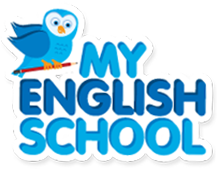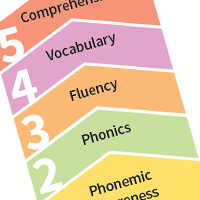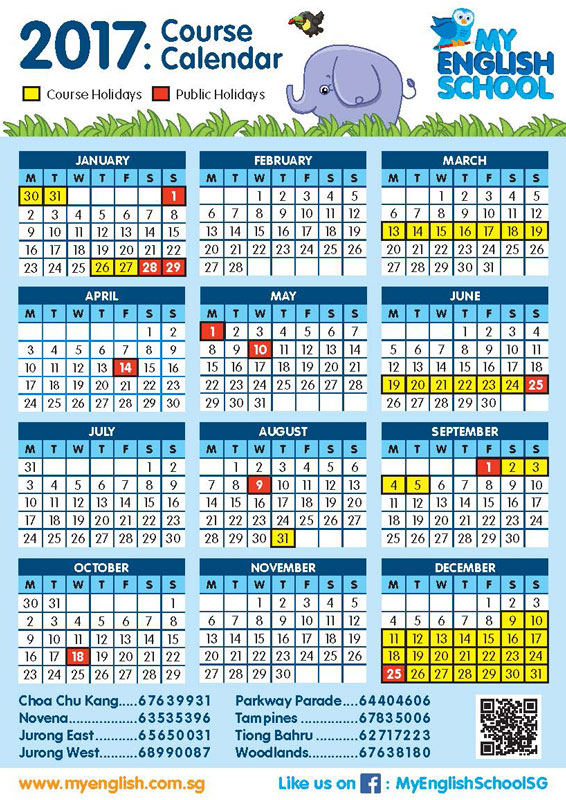Studies have shown that there is a strong correlation between ability to read at a young age and socioeconomic status in later life. So, give your child a head start in school and life by helping your child to read early and well.
Reading is more than just phonics and reading accurately does not mean that a child understands what he or she is reading. Phonics is only one of the key pillars of a systematic reading programme. So, how can you help your child to read well?
 First, create “Phonemic Awareness” for your child. Introduce the sounds; allow your child to hear and identify the sounds, then allow him or her to play with the sounds by assembling and disassembling them (blending and segmenting). The accuracy of the sounds is key at this stage.
First, create “Phonemic Awareness” for your child. Introduce the sounds; allow your child to hear and identify the sounds, then allow him or her to play with the sounds by assembling and disassembling them (blending and segmenting). The accuracy of the sounds is key at this stage.
The next stage is “Decoding through Phonics”. At this stage, your child will learn the relationship between the letters of the written language and the sounds of the spoken language, how to convert letters into sounds and then how to combine the sounds to form recognisable words. For example the letters ‘m’, ‘a’ and ‘n’ have matching sounds: /m/, /a/ and /n/. With this knowledge the child can blend the sounds of the letters together to make the word ‘man’.
Improving reading fluency is the next stage. Fluent readers can pay more attention to what is read while they read. Children’s ability to comprehend suffers if a lot of effort is required for decoding. Children can achieve fluency by reading aloud daily, while paying close attention to rate, accuracy, phrasing and expression. Daily practice helps the child to automatically recognise common words (“sight words”).
Help your child expand his or her vocabulary through either direct learning (i.e. using a dictionary to understand the context, or introducing synonyms and antonyms); or through indirect learning (i.e. introducing new words through daily experiences).
Your child needs a strong vocabulary for comprehension. A variety of strategies (i.e. graphic and semantic organisers, guiding questions, etc.) can help your child make connections between the main ideas of the text.


